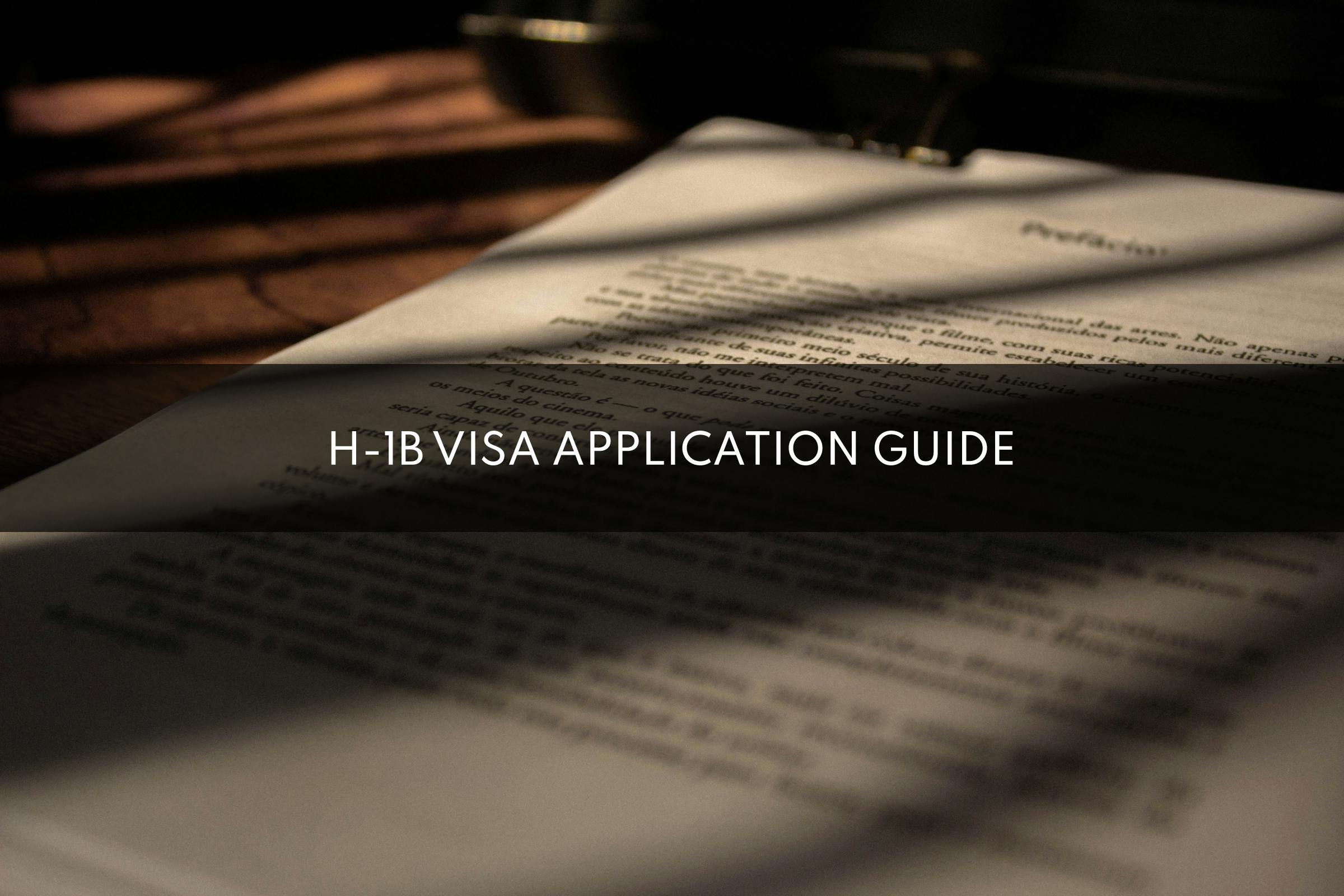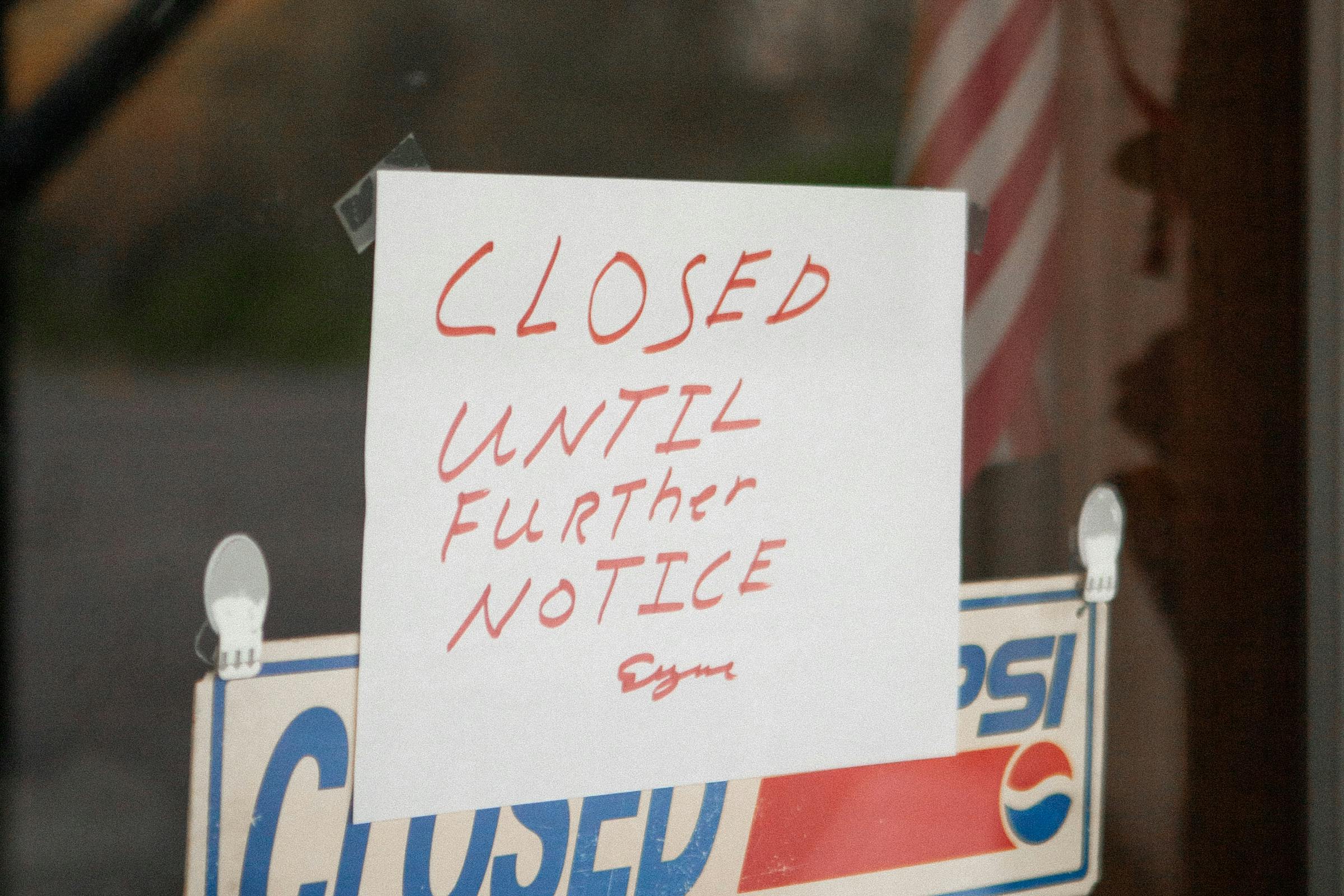The H-1B Application Overview
Each piece of the application process hinges on the steps before it. For that reason, it’s hard to skip around and move forward because you’ll need to include the approval from each department first.
During the H-1B petition request, you (as the employer and employee) will work with the labor, state, and immigration departments in the United States. Each agency has its own unique responsibility, but overall, they ensure every petitioner and beneficiary meets the requirements for the visa’s approval.
The employer is the petitioner, and they must offer the employee (beneficiary) a job that is approved as a specialty occupation. The beneficiary must have the skills necessary to do the work as described. And the USCIS officials check each step along the way to ensure everything is legitimate and no fraud attempt or anything detrimental to US workers is in process.
This is completed through the basic steps outlined next.
Step One: The Employee and Sponsor Connect
At some point, before the H-1B visa application is initiated, there is a connection where the potential employee meets an employer who has the need for the worker’s skills. They offer a tentative job to the worker, contingent on approval of the role as a specialty occupation and the worker’s ability to obtain an H-1B visa.
Once that relationship is cemented, a contract is typically completed. This helps substantiate the legitimacy of the job offer later when USCIS evaluated the connection between employer and employee. Whether the employer is new or the employee already works there, the end of step one occurs when they agree to sponsor the worker for an H-1B visa.
Step Two: The Labor Condition Application is Filed
The employer submits the Labor Condition Application (LCA) to the US Department of Labor (DOL). This document is necessary before an employer can hire a foreign national to work for them under an H-1B visa.
Through the application process, DOL looks for specific factors. The first is that the employee is offered a prevailing wage. This is for their sake and that of the country. Ensuring that the foreign worker isn’t underpaid keeps the US workers in the same or similar jobs safe.
The State Employment Security Agency (SESA) confirms the prevailing wage. However, employers can obtain this number from multiple sources, with the National Prevailing Wage and Center (NPWC) being the most reliable with its safe harbor status capacity.
The LCA is then submitted to the DOL through Form ETA 9035 electronically through the Foreign Labor Application Getaway (FLAG) system. This form can’t be submitted greater than six months from the anticipated first date of the job.
Step Three: Form I-129 is Filed
The LCA approval is necessary to move on to the next step. With it, the employer can now submit the initiation for an H-1B petition via Form I-129. This is called the Petition for Nonimmigrant Workers.
On this form, the employer includes the job description, dates of employment, duties, salary, requirements for the job, contact info, and other necessary data. The employee’s academic information, including degrees, certificates, memberships, resumes, and a letter of support, is attached along with the form.
Once the I-129 is filed, the employee and employer can check the status on the USCIS website by using the receipt number generated with the form’s submission.
Step Four: Finishing the Application
When you see the I-129 approval show up on your online status, it’s time to start preparing for the next step: finishing the application. You’ll receive a Form I-797 Notice of Action telling you what to do next, but you’ll already be working on those requirements.
If you’re already in the US, this part is simple. Your immigration status becomes an H-1B, and your I-94 record is automatically changed to this new visa class. When the status changes, you may begin to work in the country. But you’ll need to submit DS-160 to receive your H-1B visa stamp within 90 days or apply through consular processing.
For new petitioners outside the US, you must fill out Form DS-160 and schedule a physical interview at the nearest US embassy or consulate. With that approval, you have a document showing you can travel to the US. There, you’ll be asked questions and walked through a process to receive approval to enter the country at US Customs and Border Protection (CBP).
Filing Fees
Through each step of the application process, there are filing fees. The sponsor almost always pays these, with rare exceptions when approved by USCIS.
Fees include:
● $10 registration fee paid by the sponsor
● $2,500 Optional premium processing, paid by the sponsor or beneficiary, depending on the reason for the expedited request
● $4,000 Public Law 114-113 Fee paid by the sponsor
● $460 Basic filing fee paid by the sponsor
● $500 Anti-Fraud fee paid by the sponsor
● $750/$1,500 ACWIA Education and Training fee paid by the sponsor; cost varies depending on the number of employees
● Varied attorney fees paid by the sponsor
This breakdown of fees is a general list. The costs may differ depending on the size of your company and how complicated the petition becomes.
Processing Times for an H-1B Visa
Working internationally to obtain government authorization always takes time, and it’s not possible to pinpoint the exact processing time. Each step will vary; as mentioned, you can’t move on to the next part until one is finished.
In general, though, the processing time from start to finish of an average petition takes about six months. You can expedite it with premium processing for $2,500. This cost ensures you’ll receive an approval, denial, or rejection (usually with a request for more information) within 15 calendar days.
Cap or No Cap?
Your petition’s approval is not the last step of the process. Before you can schedule an appointment to get your H-1B visa stamped and start planning your move, you’ll need to go through the lottery process for capped jobs. However, if your employer and position are cap-exempt, you can skip this step and move forward to the consular interview.
The lottery limits how many petitions are approved based on two categories: regular and advanced degrees.
What’s Next?
Your immigration attorney can advise you as to whether your position is cap or cap-exempt and what to do should your petition not get accepted in this year’s lottery. But if you are chosen or get to skip the lottery, the final step is your interview process. Once you’re through that, it’s time to get excited about your new career path in the United States.
Yet, all of these pieces of the petition process are confusing and complex, and any minor mistake can cause unnecessary delays. Rather than taking the chance, call Visa2US and work with an expert who knows how to get petitions filed accurately to maximize your chance of approval.
At Visa2US, we’re ready 24 hours a day, 7 days a week, to answer your questions and guide you on this all-important journey. Contact us today to see how we can help you complete your H-1B visa petition.














